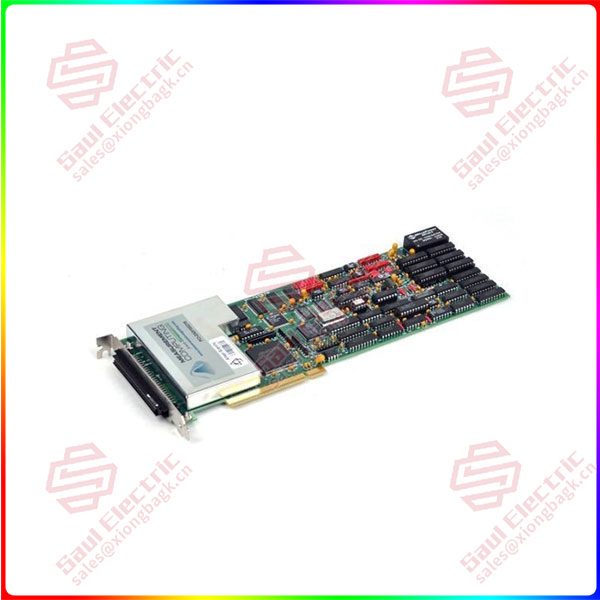A chemical manufacturing company needed to upgrade its burner management system (BMS) and combustion control system to enable more efficient automation and reduce production disruptions.
In 2021, Wood’s Industrial Process Automation team was contacted by a global chemical company that needed to deal with a twin-core balanced oil suction hot oil heater that was disrupting production targets. Burner management systems (BMS) and combustion control systems provided by original equipment manufacturers (Oems) need to be upgraded. The provided control device does not allow the heater to operate automatically and the customer can only operate it manually. As a result, the chemical company faced frequent heater shutdowns and was unable to meet the designed hot oil heating load.
Set control system upgrade goals
The project is under a lot of schedule pressure and is scheduled to be replaced five months after the start of the project with the following objectives:
Evaluate BMS and combustion control designs against existing industry best practice standards, such as API 556;
Evaluate the combustion control design and redesign it as needed to provide stable, automatic air-fuel ratio control and oxygen regulation to deliver the design heat load;
Develop and test necessary upgrades or replacements for combustion control and BMS strategies;
Implement the modified configuration in the planned replacement and debug the control measures;

PCI-DAS1602/16
Provide operator and engineer training, including adjustment of heaters.
Redesign of BMS and combustion control
The investigation revealed that air/fuel and burn rate controls did not work. Combustion control had to be redesigned in a new way, just like designing a whole new heater. Heaters are complex and require a delicate balance between automatic and manual functions. Balanced ventilation heaters require burners to be automated, while individual air conditioners must be set manually.
The original design used damper and frequency converter controls on forced ventilation and induced air fans. This creates a control problem where the two pressure-based circuits are inconsistent with each other when trying to precisely control the air/fuel ratio. This eventually causes the heater to trip, leaving the customer with manual control of the damper.
Forgo existing complex control designs and configurations in favor of a design template reference library, API 556 control instructions, and multi-nozzle heater control instructions for balanced ventilation.
The control design effort is divided into two main complex control strategies: (a) fan and ventilation risk control, and (b) air/fuel control. Based on basic heater and burner design data, new control modes and instructions are developed.
The air/fuel ratio is critical for optimizing combustion efficiency. Too much air can lead to energy loss; Too little air can lead to unnecessary waste of fuel. The ideal air/fuel ratio depends on the operating load and the type of fuel being burned. To meet these requirements, it is necessary to:
Combustion engineering and modeling of air/fuel and ignition class controls based on supplied heater and burner data sheets and gas composition data.
Development of characteristic curves and calculations for air/fuel and combustion rate control.
 1 Year Warranty
1 Year Warranty





